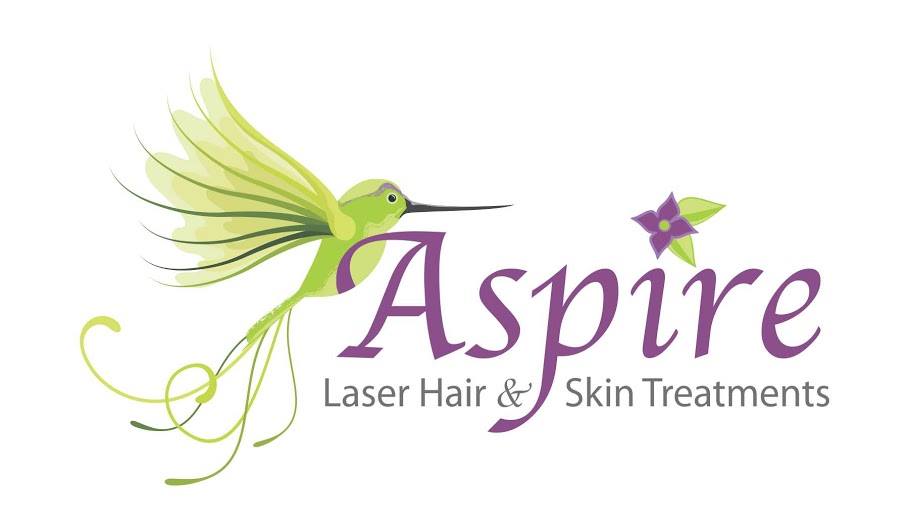Laser Hair Removal

Please call regarding pricing to book a complimentary consultation.
Imagine the freedom of never having to shave or wax again. Advanced laser technology now means that hair removal is safer, faster and more effective than ever before. In fact, most of our clients experience between 80% – 95% reduction of unwanted hair within 6 to 8 laser hair removal treatments.
As Aspire we use the DiolazeXL, a hair removal solution offering peak power with optimal speed. Designed with state-of-the-art diode lasers, the DiolazeXL offers our clients the most effective hair removal treatment. DiolazeXL has built-in safeguards to ensure that all sessions are comfortable and relatively pain-free. DiolazeXL targets coarse and stubborn hair, up to skin type VI.
Key Benefits:
Gold standard wavelength, pulsing and power for optimal results and maximal safety.
Reduction in clinician treatment time – powerful enough to target and treat even the most stubborn hair.
Virtually painless due to strong built in cooling.
Questions About Laser Hair Removal
1. What is laser hair removal?
Laser Hair removal is a non-invasive procedure which removes unwanted facial and body hair with the use of a laser. The laser targets the melanin, the pigment located in the hair bulb and shaft. The laser light energy causes thermal damage to the follicle. The damage causes re- growth and permanent destruction of the hairs in the anagen (growth) phase.
2. Is it safe?
Yes. A laser is an intense source of light that produces heat. It’s target is melanin in the hair shaft. The wavelength of the Light Sheer™ is attracted mostly to the melanin. The light is pulsed for a fraction of a second and the heat is then pulsed into the hair’s melanin. The chill tip protects the epidermis (outer portion of the skin).
3. How Does Hair Grow?
There are three cycles of hair growth which include the following:
- Anagen phase (active stage of growth) is the major target for the laser energy and represents the vulnerable phase of hair growth cycle because melanocytes produce the most melanin in this phase
- Catagen phase (transitional phase) between anagen and telogen is brief but relatively resistant hairs
- Telogen (resisting hairs) are not actively growing and appear to be more resistant than any other phase
4. How many treatments will I need?
Each individual will vary, average treatments can range between 5 to 7. Hair grows in continuous cycles. The anagen phase of hair contains the largest amounts of melanin and this phase is the laser’s target. From scientific studies we understand that any area contains a maximum of 20-30% anagen hairs at one time. So, these anagen hairs are affected each treatment. Each individuals expectations of hair loss are different. Some may be happy with 50- 60% loss and may want to discontinue and others will want to continue until they reach their maximum loss of 70-95%.
5. How long do I need to wait between treatments?
Waiting time may vary with each individual. The general guideline is 4 to 6 weeks for the face and 6 to 8 weeks for the body.
6. What can I expect for the recovery after laser hair removal?
There is virtually no downtime associated with laser hair removal. Though some clients may experience temporary swelling or redness, clients can return to their normal activities right way.
